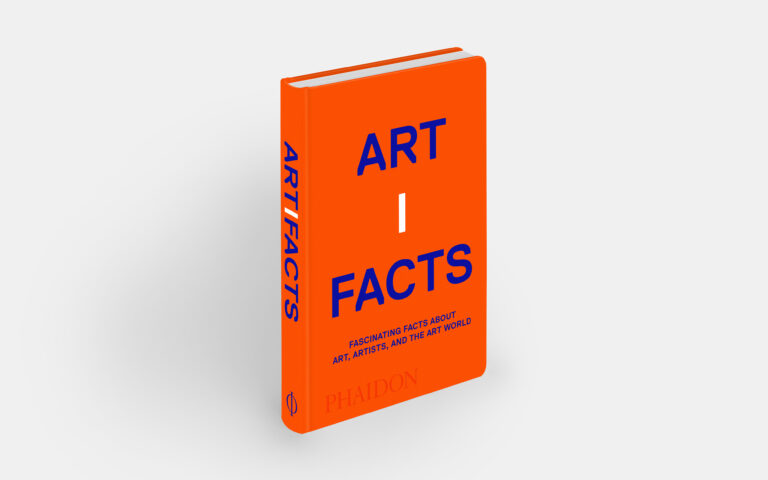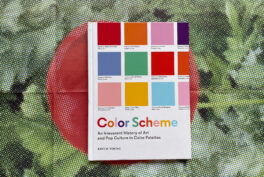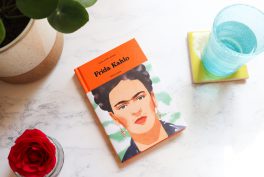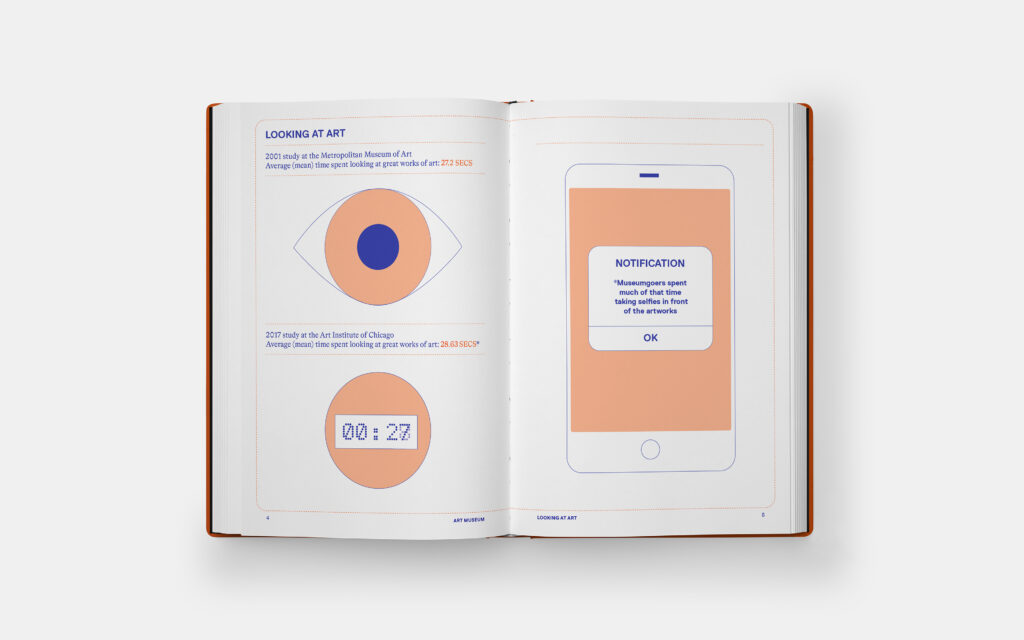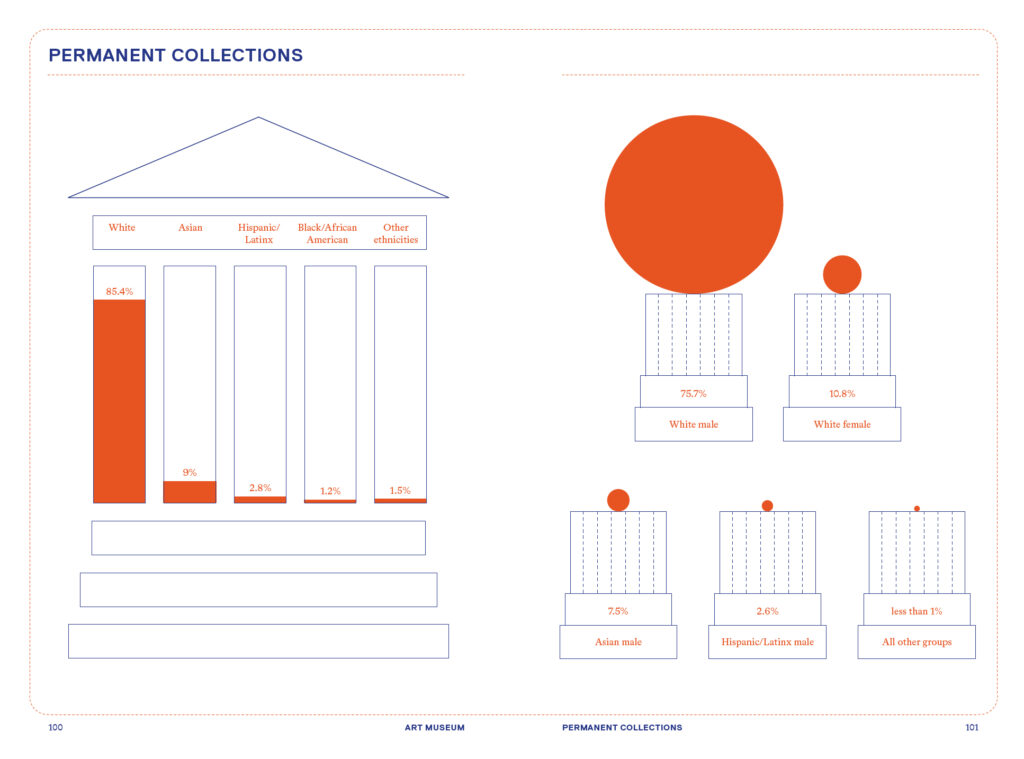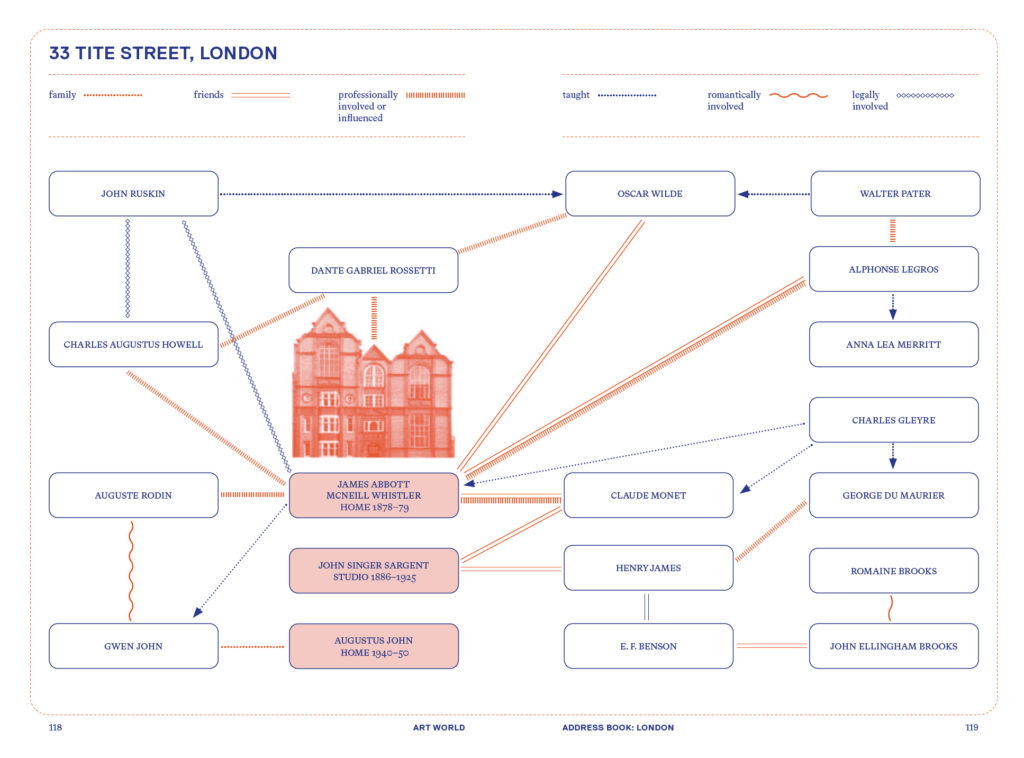How It Looks?
At the risk of being shallow, let’s start with the physical aspects of this book. At 7 x 4.75 inches, it is handy enough to bring to at least some museum and gallery visits. It also won’t be easily buried in the bookshelf with its vividly orange cover. It catches the eye and reminds one of the joys of discovering more about art. The cover color theme of orange and blue continues throughout the book in the numerous visualizations, swiftly focusing attention on what’s important.
The editors include great visualizations throughout the book to avoid some of the more statistical data seeming dry. Interspersed between the data are artists’ reflections on various topics. This makes the potentially encyclopedic content a lot more engaging. The reader is not only curious about the new facts but also how they will be presented, as every page holds a bit of a surprise.
What It Does?
The idea here is simple. Artifacts is a collection of facts about art. Some of them more popular, but the majority known only to aficionados of a specific artist. It is a compendium of facts usually not known about artists, art, or the art world. The book has five main parts: artists, art school, art studio, art museum, and art world. With that, one might think that it is an excellent foundation for a family trivia quiz, but it goes deeper than expected.
Instead of providing the reader with a trivial collection of entertaining anecdotes, Bader and Morrill endeavor to entertain as well as educate and spark further exploration. It starts with the selection of artists; the book aims to be inclusive and expand beyond the white male classics. Hence, it includes many artists potentially unknown to the reader, which in and of its own is an invitation to start researching and opens a true treasure trove.
Including the Excluded
Another aspect is openness about the discrimination and biases that still exist in the art world. Whether it is the lack of representation in museum collections or disparities in auction prices, the data presented in this book is visualized in a way that makes it indisputable. What is truly enjoyable, though, is the fact that the editors are empowered to change that, so while highlighting the inequalities, they also actively work on bridging the gap and introducing readers to artists from beyond the canon.
Having Fun
With all that said, the book is still fun. For instance, it explores what side gigs famous artists had; some of them had a lot indeed. There are even a few sections devoted to artists’ companions, human and non-human, as well as their family relationships. Aside from information about specific artists, readers can also learn about the symbols, get recipes for oil paints, and explore poetic art terms or connections between music and art. This section also explores artists’ creative routines. Readers will surely find some that look very familiar to their own. Not to mention learning how long one might actually take to look at artwork or which artworks proved dangerous or found themselves in danger.
This part of the book then leads to the section about the art world. Here the reader can learn more about galleries, auctions, art magazines, and dealers. One particularly intriguing part explores the convergence of artists around specific addresses in London, Paris, and New York. It feels like the ultimate proof of being ‘at the right place at the right time.’
Join the Treasure Hunt!
Artifacts is definitely not a book to read in one sitting, but more one to accompany you throughout the year. Every encounter with it starts a personal artsy treasure hunt. Every time you feel a bit stuck in your experience with art, it can help you find a new avenue that you haven’t tried just yet.
You can order the book on the publisher’s website
